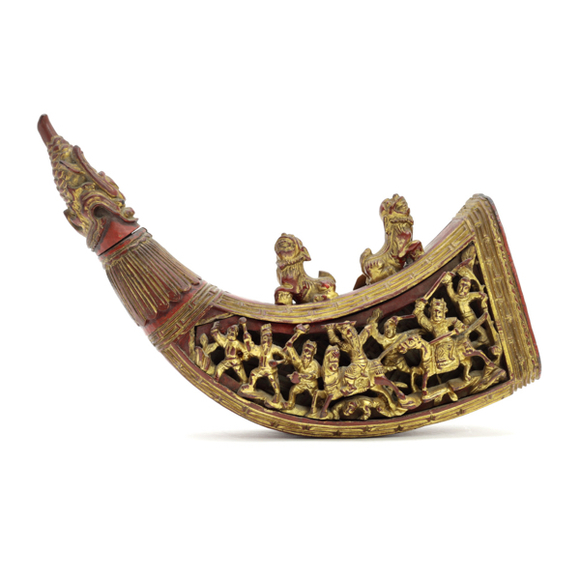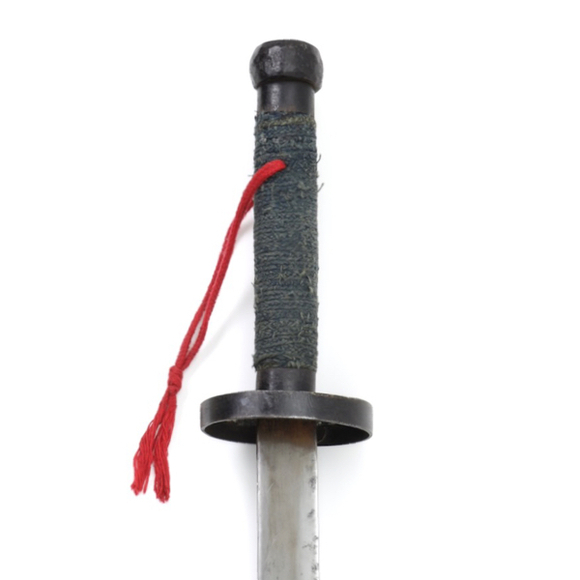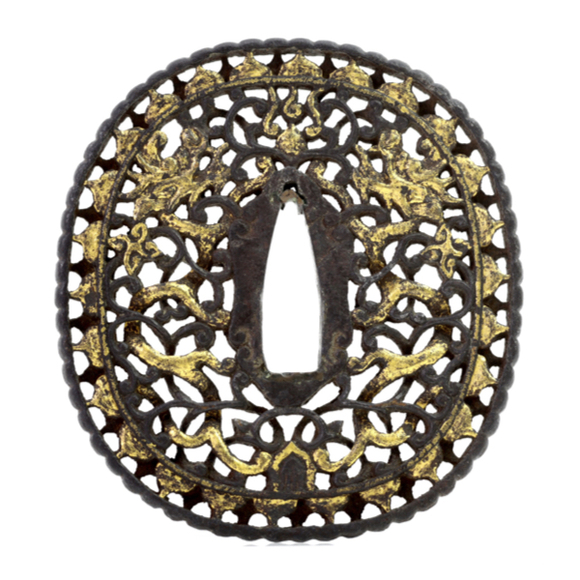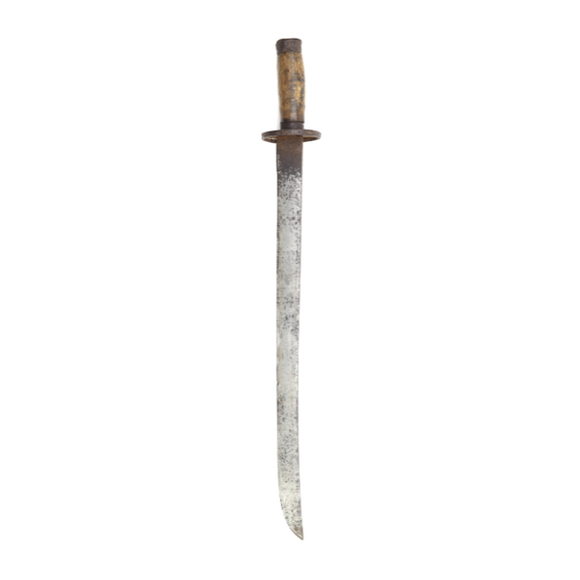Language: Mandarin Chinese
Source: Classical literature
Description
Shàojiàn (哨箭) literally means "shrieking arrow". It is used to describe a type of arrow with a sharp arrowhead and a whistle behind it.1
In English I like to describe it as a "whistling arrow", an arrow that also whistles, as opposed to the "whistle arrow", an arrow that only carries a whistle and no sharp point.

 A Qing dynasty shàojiàn or "whistling arrow". Manchu type.
A Qing dynasty shàojiàn or "whistling arrow". Manchu type.
Author's collection.
Use
Many shàojiàn feature in Qing texts like the Huangchao Liqi Tushi and contrary to popular belief as their use in battle, all are designated hunting arrows. The whistle causes a predictable reaction in the animal that is hunted, in some cases startling it from the moment of release to impact. The Manchus had a wide range of different shàojiàn, each designed to hunt a specific animal or group of animals.
Earlier Chinese records describe whistling arrows as used by commanders to direct their soldier's aim, but by the Qing the widespread use of firearms would have made it impossible to use them in this manner.
Further reading
Manchuarchery.org: Whistling arrows and whistle arrows
Notes
1. Huangchao Liqi Tushi (皇朝禮器圖式) or "Illustrated Regulations on the Ceremonial Paraphernalia of the Present Dynasty". An imperially commissioned text that was published in 1766 based on a 1759 manuscript.
2. Ibid.






